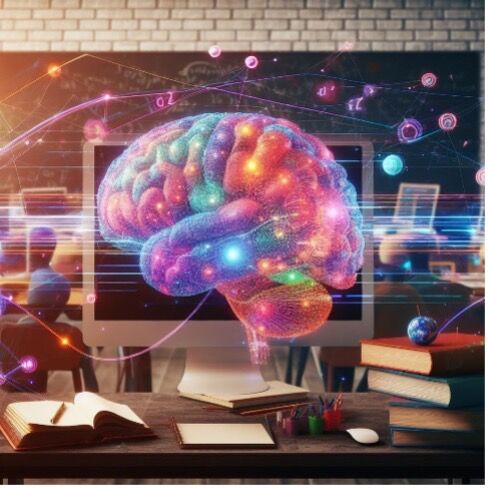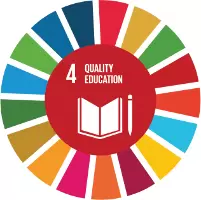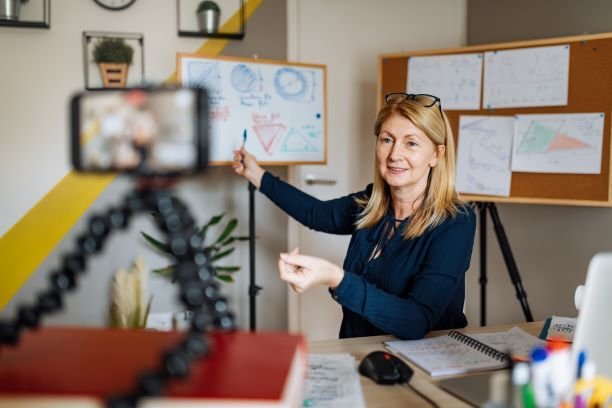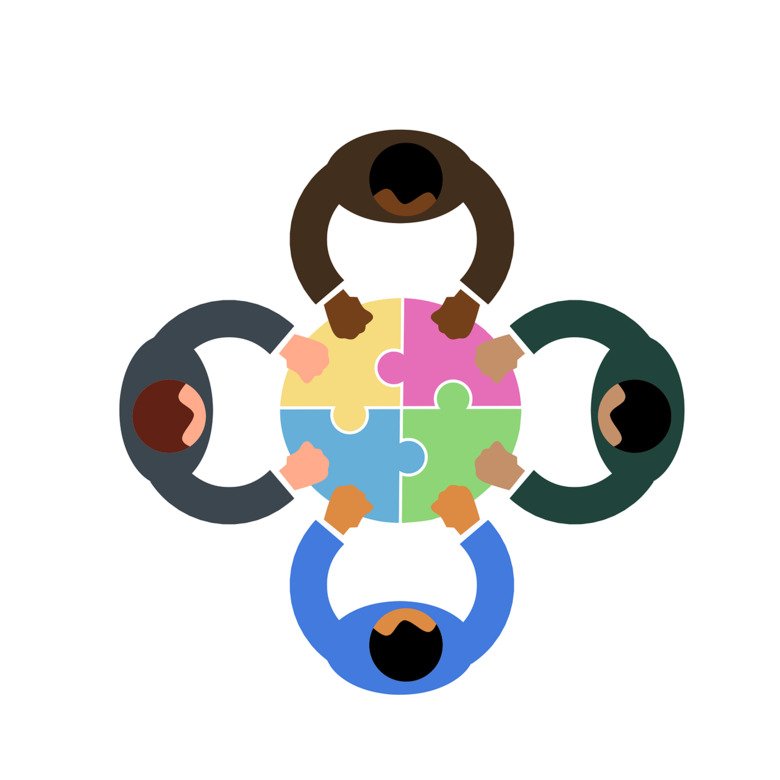Learning with multimedia
Learning with multimedia is an interactive, dynamic process that boosts comprehension and retention. It employs diverse content forms—text, audio, images, animations, video, and interactive elements—embracing various learning approaches. This multi-sensory approach enhances accessibility and engagement, enabling learners to visualize complex concepts, explore perspectives, and actively participate.

Why use multimedia in teaching and learning?
The inclusion of multiple modes and media for students to represent their knowledge and learning has been shown to be advantageous for diverse groups of students in the glocal classroom.
Learning with multimedia can significantly enhance the quality of education. Multimedia learning resources foster an engaging and interactive educational environment that caters to various learning approaches. Visual aids like images, videos, and animations can help students grasp complex concepts more easily by providing concrete examples and visualizing abstract ideas. Audio elements, such as voiceovers and music, may enhance memory retention, and offer alternatives format for feedback. Interactive elements, like quizzes and games, promote active learning and immediate feedback. Furthermore, multimedia resources are often accessible on various devices, promoting learning anytime and anywhere. Therefore, learning using multimedia is a powerful tool that can make education more effective, engaging, and inclusive.
What forms of multimedia can be used in teaching and learning?
Multimedia learning resources can come in various forms, each catering to different learning approaches and educational needs. This is known as multimodality, the use and integration of multiple modes of communication, such as text, images, and audio, to convey information or meaning in a cohesive manner (Kress & van Leeuwen, 2020).
Here are some examples:
- Make your own educational videos
- Use virtual simulations
- Refer to e-books and online texts through KI Library
- Use podcasts and audio books, for example:
- Use Virtual Reality (VR) and Augmented Reality (AR)
- Set up online quizzes and games on Canvas
- Use discussion forums and chat groups in Canvas
- Use an AI digital personal assistant such as Bing Chat Enterprise
Multimodal design refers to the use of different modes – image, writing, colour [sic], layout – to present, to realize, at times to (re-)contextualize social positions and relations, as well as knowledge in specific arrangements for a specific audience.

How does learning with multimedia contribute to quality?
Learning with multimedia enhances education by providing diverse and engaging content, catering to various learning approaches, fostering better comprehension, and promoting retention of information through a multimodal approach.
Learning with multimedia will help you:
Focus on student learning:
- By creating a safe and brave space for learning through offering multiple ways for expressing knowledge and learning (Harvard Graduate School of Education, 2023);
- By developing higher-order thinking through multimedia learning that fosters skills transfer to other situations (Murad-Martinez, 2022);
- By accommodating diverse learners through learning resources that support concept development in various ways (Kaczorowski et al., 2019);
- By reinforcing learning through the addition of appropriate graphics to text, substantially improving human understanding (Ayres, 2015).
Connect outcomes, teaching, and assessment:
- By understanding students’ learning through multimedia, providing educators with a wider lens and overview of research for appropriate use in educational settings (Ondrejka, 2014);
- Through multimedia challenges that engage students while enhancing learning outcomes;
- Through the use of media as a component of active learning strategies, such as group discussions or case studies (Roberts, 2022);
- By making the learning experience more meaningful, relevant and fun;
- By enabling students to create own media, such as video projects (Mutlu-Bayraktar et al., 2019);
- By creating new opportunities for engaging students through social media (Mateer & Ghent, 2023).
Improve the quality of teaching & learning:
- By enhancing student engagement with digital technologies, including multimedia, to provide learning opportunities for all and facilitate the development of higher-order thinking skills (Roberts, 2018);
- By encouraging innovative practices in teaching and learning through the use of multimedia
- By enabling educators to connect and use interprofessional approaches to teaching and learning.
References
Related educational resources
 Photo: Getty Images: Drazen
Photo: Getty Images: DrazenProduce media for learning
Here you will find tools, guides and tips for creating teaching materials, recording lectures, making films or ordering productions.
Information is available in Swedish.
 Photo: Kseniya Hartvigsson
Photo: Kseniya HartvigssonAssessment & examination
Assessment and examination of learning can be conducted in many ways. Here you will find resources, support as well as regulations and instructions on examination and ethical review of theses.
 Photo: Pixabay
Photo: PixabayDigital Accessibility & UDL
The Universal Design for Learning (UDL) framework emphasizes the importance of creating a teaching approach that caters to the diverse needs and abilities of all learners. This page will give you an introduction to the subject, and links to relevant resources both at KI and outside.
